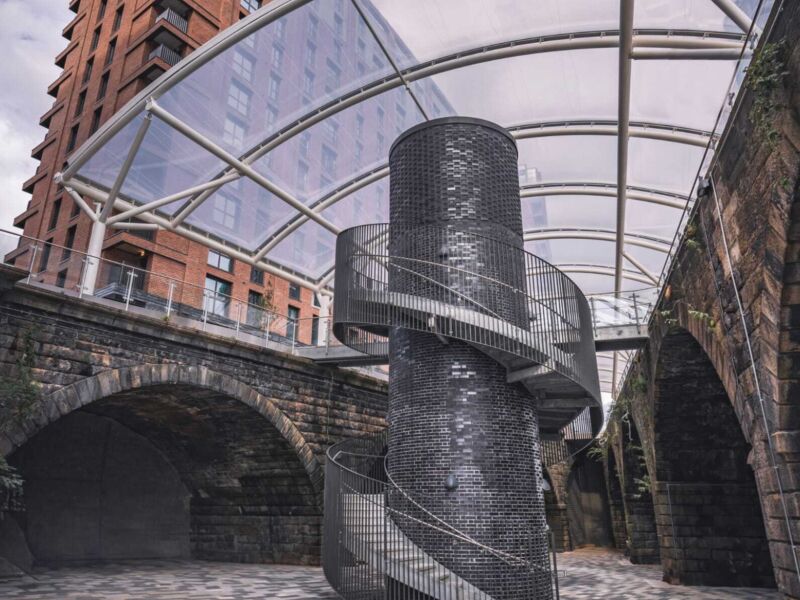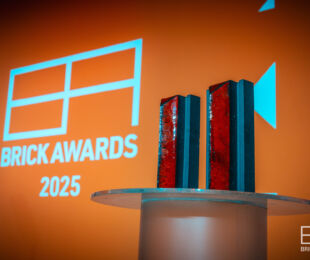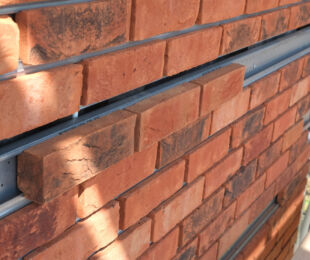
For centuries, clay brick has been a trusted building material, valued for its durability, character, and timeless appeal. Yet, while it remains rooted in tradition, brick is undergoing an exciting evolution. Today’s architects and designers are rediscovering clay brick, not just as a classic building block, but as a versatile, forward-looking material capable of meeting the creative demands of modern architecture.
Thanks to advances in manufacturing and product development, the possibilities with clay brick have expanded dramatically. This isn’t the brick you remember from centuries-old facades (though it can still deliver that charm if you want it). It’s a high-performance, adaptable medium offering unprecedented freedom in form, colour, and texture.
From Uniform Walls to Statement Designs
Modern brick manufacturing now allows for an extraordinary variety of sizes, shapes, and profiles. Long-format bricks, for example, can stretch a building’s lines to create sleek, contemporary silhouettes. Textured and patterned bricks bring depth and tactility to façades, catching the light in striking ways. Specially moulded bricks enable curves, angles, perforations, and even intricate lattice effects - something once thought impossible with a material so closely associated with straight lines and right angles.
This versatility is giving architects the freedom to transform brick from a background player into a defining feature of the design.
Colour Without Compromise
The colour palette for clay brick has grown far beyond the traditional reds and browns. Through refined firing techniques and the use of varied clays and surface treatments, manufacturers can now produce bricks in everything from cool greys and chalky whites to deep charcoals, metallic finishes, and rich, saturated tones.
Unlike painted finishes, clay brick’s colour is integral to the material, ensuring it won’t peel or fade over time. This gives designers the confidence that their creative vision will stand the test of time - both aesthetically and practically.
Sustainable, thinking beyond the Full Brick
Clay brick’s sustainability credentials have long been part of its appeal - made from natural materials, fired for longevity, and capable of lasting centuries. Now, innovations such as thin brick and brick slips are pushing that story further.
By using less raw material per unit, these products offer a lower embodied carbon footprint compared to traditional full bricks, while retaining the same authentic appearance, colour depth, and textural richness. They can also be easier to transport and handle, further reducing environmental impact.
For projects where weight and wall thickness are critical, such as refurbishments, prefabricated façades, or high-rise cladding, thin brick and brick slips deliver the visual warmth and permanence of clay brick with a fraction of the material use.
Blending Tradition with Innovation
Perhaps what makes clay brick so compelling in modern design is its ability to balance heritage and innovation. A building can reference the warmth and familiarity of traditional brickwork while embracing bold new geometries, striking colours, or unconventional bonds. This duality allows architects to create spaces that feel rooted and enduring, yet fresh and forward-looking.
From modular housing schemes to landmark cultural buildings, clay brick is proving itself as much a material of the future as of the past.
In short, clay brick is no longer defined by the limits of tradition - it’s defined by the possibilities of innovation. As manufacturing technology continues to advance, architects have more freedom than ever to push boundaries, craft distinctive identities, and deliver projects that are as sustainable as they are beautiful.
Clay brick has always stood the test of time. Now, it’s shaping the future.



